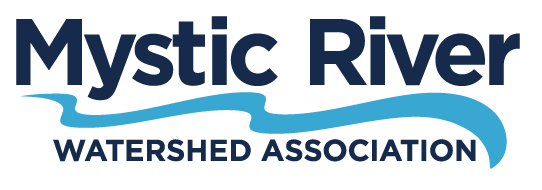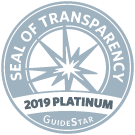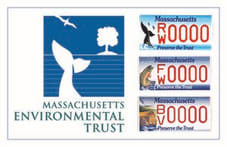Introduction
Rachel Fischer joined MyRWA for the summer of 2024 as a Mystic Greenways Fellow. She is a rising second-year Master of Urban Planning Student at the Harvard Graduate School of Design, and is interested in utilizing built space to promote equitable, liberatory spaces and communities. Originally from a suburb of New York, Rachel is passionate about transportation accessibility, mobility, and sustainability, and is particularly concerned about how sociodemographic factors, like race and gender, affect access to key resources.
By Rachel Fischer
This summer, I had the pleasure of conducting the Mystic Greenways Asset Inventory Project with the goal of collecting data about the existing condition of assets comprising the greenways. The data will help address longer-term goals of making the Greenways more safe, comfortable and informative, and providing insight on the collective need for improvement across municipal and jurisdictional boundaries.
Double Rainbow over the Community Path Extension. Credit: Rachel Fischer
In a nutshell, I traveled to 79 different Mystic Greenways segments on foot (and occasionally, on bike). On this month-long journey I saw a double rainbow, went through two tubes of sunscreen, got hissed at by many geese, got strange looks as I stopped to photograph every waste bin (and other types of things, including art features, cooling features, and bike infrastructure). In total, I categorized and assessed the conditions of 4,379 assets. This data is all recorded here, and it may be useful for many– those interested in planning a trip to the greenways and in need of accessibility features, people looking for new places to gather for a picnic, scouting a new playground or art feature– possibilities are endless.
Types of Assets Surveyed and Their Respective Conditions. Credit: Rachel Fischer
Municipal partners, community partners, and private owners are also encouraged to utilize the data to understand the health of their own greenways, compare them to others in the region, and use them as a tool to determine where improvements are needed. As the latter part of my fellowship with MyRWA, I utilized the data to begin to assess on a high level where attention is needed to improve the Mystic Greenways system.
The Distribution of Important Assets on the Mystic Greenways. Credit: Rachel Fischer
Some key facts from our findings include:
By town, most assets were in East Boston, Somerville, and Arlington, not by coincidence where the longest contiguous paths surveyed are located: the Mary Ellen Welch Greenway, the Minuteman Commuter Bikeway, and the Community Path Extension.
While land ownership of sections comprising the Mystic Greenways is fairly evenly split between municipal, state, and private entities, 46% percent of assets in poor condition are on the land of state agencies.
By Greenway segment, Draw 7 Park, Gateway Park, and the Wellington Underpass each had more than 30% of their total assets in poor condition.
Miller’s River Path has a high number of assets comparable to its size, but unfortunately, a disproportionately high number of assets in poor condition.
The top six municipalities with the highest percentage of assets in poor conditions also experience disproportionate impacts from environmental burdens, such as proximity to motor vehicle traffic and exposure to particulate matter 2.5 (EPA 2023): Cambridge, Somerville, Malden, and Charlestown.
There was a correlation found between the percentage of total signage in other languages in a town’s greenways with the town’s overall percentage population of non-English speakers, however Malden and Everett fell below this trend line.
Wellington Underpass. Credit: Rachel Fischer
Assets are instrumental in facilitating safe, comfortable, and healthy greenways usage: whether for recreational purposes or mobility to get from point A to point B, assets help ensure people’s needs are met during their journey. Similarly, greenways pose an excellent opportunity for environmental stewardship, education, and placemaking in areas with high visibility and usership.
Conducting this project on foot allowed me to personally experience both the joys and challenges of the Greenways: whether it was needing a water fountain on a hot day, my phone dying and relying on wayfinding to get home, or searching for a bench to rest, I realized how much these assets contribute to the usability and comfort of these public spaces. As a young, able-bodied, English-speaking, smartphone-owning graduate student, I navigated these inconveniences with ease. However, this project made me consider the added challenges for those with unique needs, such as wheelchair users, those who do not use cars or phones, or non-English speakers. The presence and condition of assets can signal who is welcome and how they may be welcomed, and the data provides clear next steps for advocacy to ensure the Mystic Greenways can be welcoming to all.
People Embracing on the Northern Strand Community Trail. Credit: Rachel Fischer












